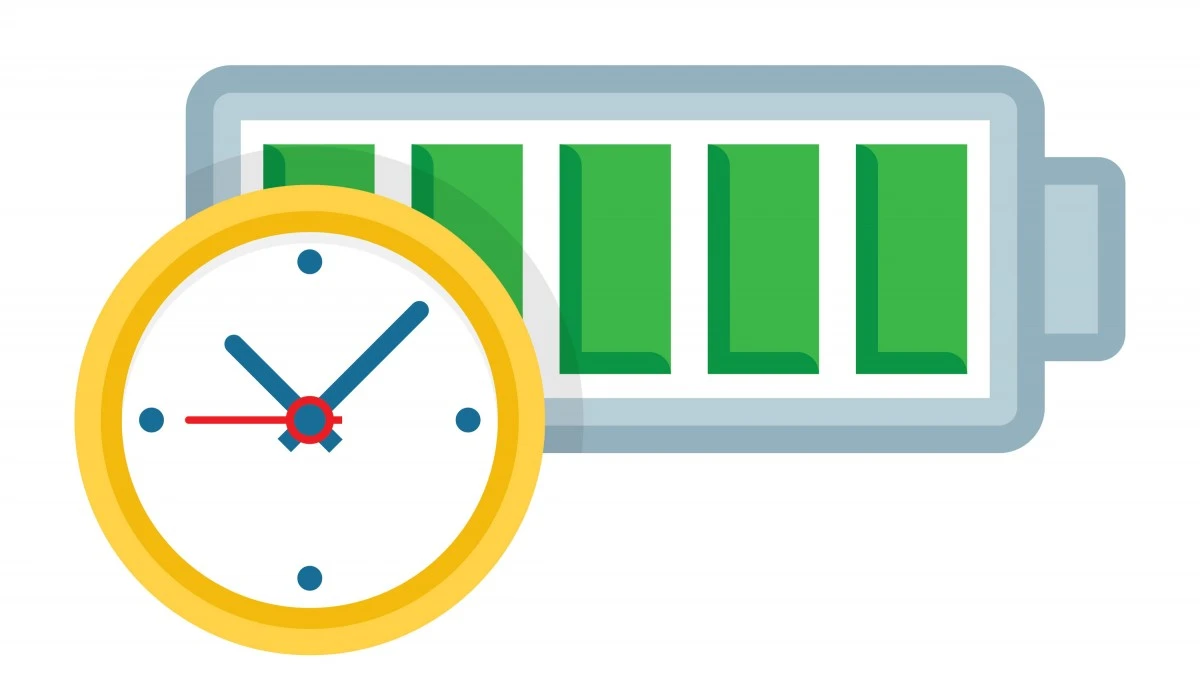Calculate your Battery Life
Estimate how long your batteries will last based on usage patterns with our battery life calculator maximize battery lifespan and optimize replacement schedules.
Battery Parameters

Battery Life Results
Estimated Total Lifespan
Remaining Lifespan
Cycle Life
Health Status
Battery Lifespan Comparison
| Battery Type | Typical Lifespan | Cycle Life | Calendar Life | Optimal Usage |
|---|---|---|---|---|
| LiFePO4 | 8-12 years | 2000-5000 cycles | 10-15 years | Solar, EVs, Marine |
| Lithium-ion | 3-5 years | 500-1500 cycles | 5-8 years | Electronics, Power tools |
| AGM | 4-7 years | 500-800 cycles | 6-10 years | UPS, RVs, Marine |
| Flooded Lead Acid | 3-5 years | 300-500 cycles | 5-8 years | Automotive, Backup |
| Alkaline | 5-10 years | Not applicable | 7-10 years | Remote controls, Clocks |
Lifespan Calculation Factors
Battery lifespan is calculated based on:
Battery lifespan depends on various factors including battery chemistry, usage patterns, and environmental conditions. Shallow discharges and consistent temperatures can significantly extend performance.
Frequent deep discharges, fast charging, or exposure to high heat can accelerate degradation. To accurately estimate how long your battery will last, you can rely on a battery life calculator that considers depth of discharge, cycle count, and charging behavior.
To extend your battery life, follow best practices like avoiding deep discharges maintaining proper charge levels, and using temperature-controlled environments. These habits can significantly improve performance and longevity.
Maximizing Battery Lifespan
Extend your battery life with these best practices:
To extend your battery lifespan, maintain consistent charge cycles, avoid deep discharges, and keep the battery within optimal temperature ranges. Using high-quality smart chargers and performing regular maintenance can preserve performance and prevent early failure.
When storing batteries, partial charging and cool environments help maintain long-term health. For the best results, it’s helpful to use a battery life calculator tailored to your system’s usage profile.
These habits can significantly improve performance and longevity prolonging battery lifespan
Implementing these best practices not only extends your battery lifespan but also ensures greater system efficiency and long-term savings.
Signs of Battery Degradation
Watch for these indicators that your battery needs replacement:
Common signs of battery degradation include slower charging, reduced runtime, and noticeable swelling or heat during use. As batteries age, voltage drops under load and they struggle to hold a full charge.
If you’re noticing these symptoms, it may be time to evaluate your system with a battery life calculator to assess remaining capacity and determine replacement timing.
Regular testing can help identify degradation before failure occurs and accurately estimate or calculate battery runtime using a trusted battery size calculator to improve system reliability.
Reduced capacity, longer charging times, and frequent shutdowns indicate battery life span degradation
Battery Life FAQs
- Calendar Life: 2-5 years from manufacture date
- Cycle Life: 500-1500 full charge cycles
- Actual Lifespan: 3-5 years with moderate use
Key factors affecting lifespan:
- Temperature: High temps accelerate degradation
- Depth of Discharge: Shallower cycles extend life
- Charging Habits: Avoid charging to 100% regularly
- Quality: Higher quality cells last longer
After 2-3 years, expect 20-30% capacity loss in typical usage.
- Starting Batteries: 3-5 years
- AGM Batteries: 4-7 years
- Flooded Deep Cycle: 4-8 years
- Gel Batteries: 5-8 years
Factors affecting lead acid battery life:
- Depth of Discharge: Limit to 50% for longest life
- Temperature: Each 8°C (15°F) above 25°C (77°F) halves life
- Maintenance: Regular watering for flooded batteries
- Charging: Complete recharging after each use
- Sulfation: Prevention through proper charging
- LiFePO4: 2000-5000 cycles (to 80% capacity)
- Lithium-ion: 500-1500 cycles
- AGM: 500-800 cycles
- Flooded Lead Acid: 300-500 cycles
- Gel: 600-1200 cycles
Cycle life is highly dependent on depth of discharge:
- 100% DoD: Fewest cycles
- 50% DoD: 2x more cycles than 100% DoD
- 30% DoD: 3-4x more cycles than 100% DoD
Temperature and charging practices also significantly impact cycle life.
- High Temperatures (Above 30°C/86°F):
- Accelerate chemical reactions
- Increase self-discharge rate
- Can cause thermal runaway in lithium batteries
- Each 8-10°C above 25°C reduces life by 50%
- Low Temperatures (Below 0°C/32°F):
- Reduce capacity temporarily
- Increase internal resistance
- Can cause permanent damage if charged
- Affect charging efficiency
Optimal temperature for battery storage and use is 20-25°C (68-77°F).
- Shallow Discharges (10-30% DoD):
- Maximize cycle life
- Ideal for longevity
- Can provide 5-10x more cycles than deep discharges
- Deep Discharges (50-80% DoD):
- Reduce cycle count
- Increase stress on battery
- May be necessary for capacity requirements
- Full Discharges (80-100% DoD):
- Dramatically reduce lifespan
- Cause permanent damage to some chemistries
- Should be avoided except when necessary
As a rule of thumb, each 10% reduction in DoD can double cycle life.
- Calendar Life:
- Total time from manufacture to end-of-life
- Affected by time and storage conditions
- Typically 3-15 years depending on chemistry
- Continues even when battery isn’t being used
- Cycle Life:
- Number of charge-discharge cycles before capacity drops to 80%
- Depends on usage patterns and depth of discharge
- Typically 300-5000 cycles depending on chemistry
- Only counts when battery is actively used
Battery end-of-life is reached when either the calendar life expires or the cycle life is exhausted, whichever comes first.
- Optimal Charging: Avoid full charges; keep between 20-80% for lithium
- Temperature Management: Store and use between 20-25°C (68-77°F)
- Shallow Cycling: Limit depth of discharge to 30-50%
- Proper Storage: Store at 40-60% charge in cool, dry places
- Use Quality Chargers: With proper voltage regulation
- Regular Maintenance: Clean terminals, check fluid levels (for lead-acid)
- Avoid Fast Charging: When not necessary
- Balance Charging: For multi-cell batteries
Following these practices can extend battery life by 30-100% depending on chemistry.
- Reduced Runtime: Capacity drops below 80% of original
- Slow Charging: Takes significantly longer to charge
- Swelling: Physical deformation of battery case
- Overheating: Gets unusually hot during charging/use
- Voltage Drops: Significant voltage sag under load
- Age: Past manufacturer’s recommended lifespan
- Failure to Hold Charge: Loses charge quickly when idle
- For Lead-Acid: Sulfation on terminals, low fluid levels
As a general guideline:
- Lithium batteries: Replace after 3-5 years or when capacity drops below 80%
- Lead-acid batteries: Replace after 4-6 years or when capacity drops below 70%
